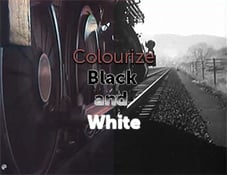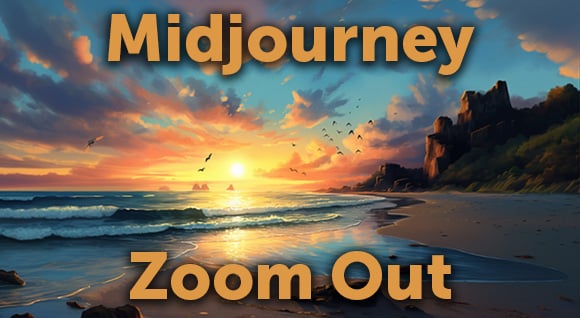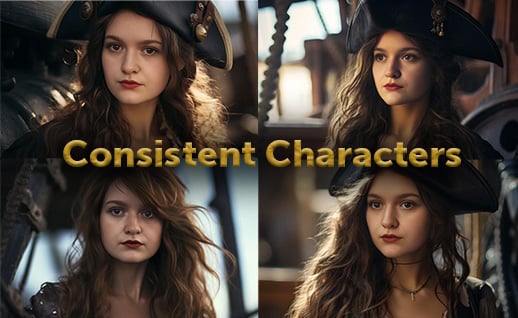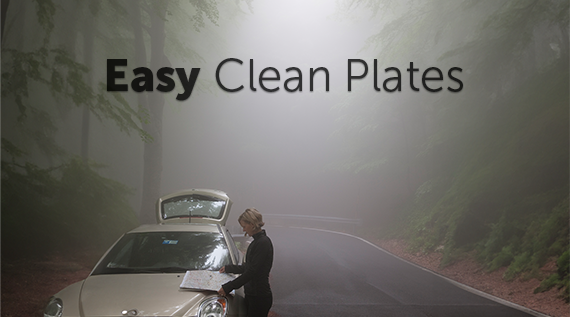Yes, that’s really Steve Fish’s last name. So, naturally, underwater shooting was a no-brainer. After 20 years of that, including one close call with sharks, Steve has turned his camera to wildlife and exotic locales. Despite the inherent risks, he remains unfazed. He’s just traveling lighter, and always with a good guide.
How did you get into adventure video work?
I have a degree in Photography from Brooks Institute in Santa Barbara. My major was Industrial/Scientific Photography and I had a minor in Underwater Photography. From the time I graduated in 1976 until 1993, I did mostly high-tech product photography in the studio and on location.
In 1993 I had a sudden unexpected change in my marital status and decided it was the perfect time to re-invent myself and switch my specialty to underwater. With a last name like Fish, it seemed the natural thing to do.
So I spent about 20 years shooting mostly underwater. I built up a huge library of underwater scenes during that time. About three years ago, I decided it was time for another re-invent, so I made a switch to mostly wildlife, nature, and scenic in exotic locations.
Tell us about the unique considerations — and challenges — of filming underwater and wild animals.
Underwater is a whole different world than most people are used to. The first consideration is that diving has to be second nature — you can’t be worrying about where your next breath is coming from. The second problem is that the equipment is much more complex. It takes a lot of experience to be proficient. Finally, your environment is totally alien. You have to deal with water clarity, current, and light effects that never happen on land. Even if you’re a good shooter on land, as soon as you go underwater, everything you know is wrong!
With wildlife, the best thing you can do is have a good guide. Not only to help find the animals, but for their knowledge of behaviors. A good guide can tell from the way an animal is acting if the situation is in control. That lets me concentrate on what I’m looking at through the camera. You have to trust the guide to let you know when you need to be thinking of making a retreat.
Do you ever get rattled?
Not really. I’m usually well prepared for what I’m doing and have contingency plans. Some of the stuff I do might look dangerous to someone who doesn’t know the details, but it usually isn’t. If something is dangerous enough to rattle me, it’s probably a stupid thing to do, and I try to avoid doing stupid things. My famous last words aren’t going to be “Hey, Bubba, watch this.”
You’ve been in New Zealand for a couple months now. How long do you typically stay in one location?
Well, this year I’ve spent a month in Eastern Europe and Italy, a month and a half in Africa, a month in India, a month in Thailand, two months in the US (rare for me), and I’m almost finished with two months in New Zealand. Plus a couple other stops along the way for shorter times. It really depends on the location. You need to spend enough time to get the conditions right. You can’t cue Mother Nature. I’ve had a couple of interludes here in NZ where I had to wait out the weather.
Where’s your next stop?
After NZ, I will spend a week in Australia to film the 12 Apostles (aerial with the DJI Inspire), and possibly some kangaroos or koalas if the opportunity arises. Then Bangkok for a month. I don’t have shooting plans for Bangkok — it will be one of those stopovers that lets me catch my breath and do some of that tedious post-production work. Then I will go to Angkor Wat in Cambodia (if the weather looks promising) and I will finish out the year in Indonesia. I’m teaching an underwater video workshop in Sulaweisi at Lembeh Strait, then I’ll do some additional shooting either in Bali or Java.
How do you determine your locations or subjects?
The first consideration is: Do I want to go there? The second is: Does anybody need footage or images of it?
What’s your dream location or subject matter to shoot?
Wow, it’s a long list and I’m working my way through it bit by bit!
What’s your most memorable shoot?
Long story, but to make it short, one time in the Marshall Islands, I wound up surrounded by about 50 very hungry gray reef sharks. Normally gray reefs are pretty docile, but this batch was chasing a school of rainbow runners and I got in the middle of it. The rainbow runners all split and left me with the sharks. They were circling aggressively for a couple minutes and all I could do was keep rotating and make sure my extremely large video housing was between me and the sharks. They finally took off in a hurry, but when it was over, all I could think was that one slip and it could have turned out really badly.
What do you like about shooting stock? Dislike?
Like: The thing I like the most is that I get to go wherever I want and shoot whatever I want. When I’m on an assignment, someone else is controlling my fate. When I’m shooting on spec for stock, I have complete control over what I do and when I do it. Of course, you have to consider whether anyone will ever want or need what you’re shooting, but there’s a lot of cool stuff out there that has market value.
Dislike: Keywording, logging, uploading, etc. That’s work! I have to spend hours at a desk instead of being out shooting. I’d outsource this part if I could, but unfortunately, I’m the only one who would really know what to do. For every hour I spend shooting, I spend at least 3 or 4 hours on the post-production necessities.
What gear do you use?
Up until January of this year, I was using RED gear. But it was getting a bit difficult for me to wrangle by myself with all the traveling I do. I’m getting too old to be carting 100 pounds of gear around the world, especially in remote locations. So this year, I’m downsizing. I’m currently using a Panasonic GH4, a Sony A7RII, and a DJI Inspire 4K drone.
What are your three shoot essentials?
Keep things as stable as possible (sometimes very difficult shooting long telescopic from a Jeep).
Make sure the composition, focus, and lighting are spot on.
If it doesn’t look good in the viewfinder, don’t shoot it. That way, you won’t have to waste your time throwing it away later.
See all footage by Fish Tales Films, check out Steve’s website, or follow him on Vimeo.
Posted by
Dissolve
Dissolve Premium (dissolve.com) has been the go-to for quality stock footage and photos by the world's top creative agencies and production houses. Some of the best filmmakers and stock producers from around the world are with Dissolve — our rapidly growing collection of unique, compelling footage is a testament to that. In addition to our quality stock footage and photography business, we launched Dissolve Creators (dissolve.com/creators/community). A platform for photographers, filmmakers, producers, and designers to connect and share their work as free downloadable content. We offer these creatives (amateur or pro) a bridge to our clientele, gig opportunities, networking opportunities, as well as our knowledge of the stock industry.
.png)
.png)
.png)




